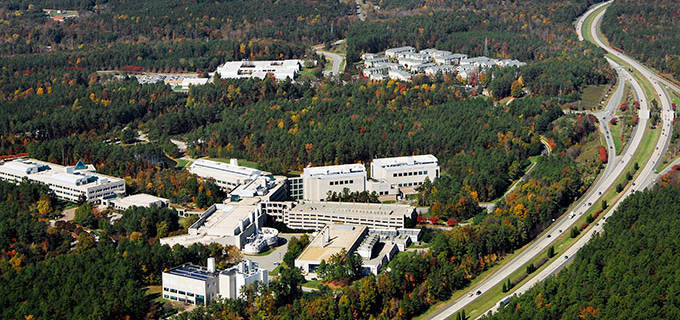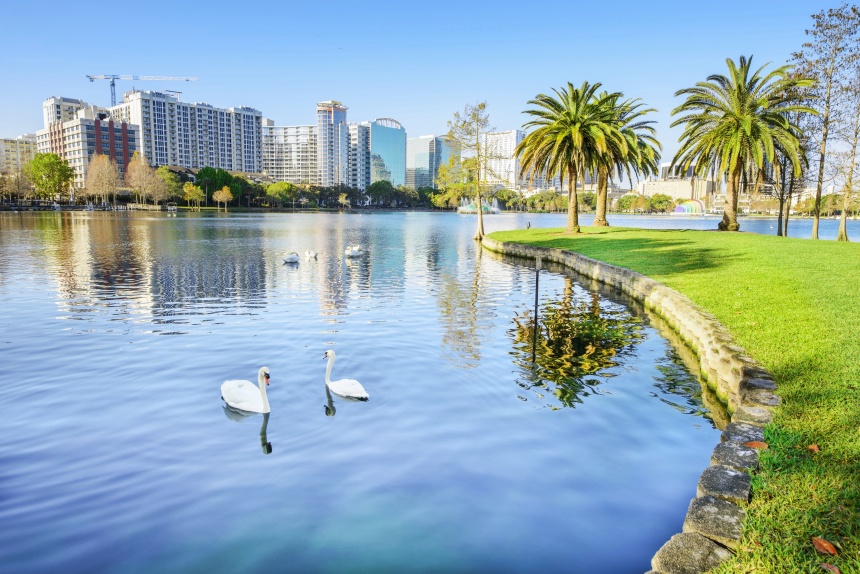One way to read human history is as a series of mass movements. Tribes followed herds to survive. People migrated due to changes in climate. Overcrowding led to land rushes and expansion. Today, the moves happen more slowly, but that doesn’t mean that pockets of people don’t make those transitions in bursts or cluster in similar places. In the United States, a handful of cities are growing rapidly. Why are certain cities expanding so fast, and what does that say about modern America?
A March 2019 study by financial news and opinion company 24/7 Wall St. analyzed changes in growth between 2010 and 2017 across nearly 400 U.S. metro areas using sources like the U.S. Census Bureau and the Bureau of Labor Statistics. They study showed that the fastest growers are clustered in the southeast and the western states, suggesting that people are moving away from the Midwest. Eleven of the top 25 cities are located in two states, Texas and Florida.
The assumptions that you can make about Florida as a destination are the things that have always been attractive about Florida: a warm climate with beaches, popular family travel destinations, and thriving industries (including agriculture, imports/exports, and, of course, tourism). Realtor.com director of economic research Javier Vivas addresses the trend in a Bankrate article: “In Orlando, for instance, a strong jobs picture combined with affordable home prices is attracting new residents.” Writing for ToughNickel, U.K.-to-Florida transplant Paul Goodman notes some of the traditional pros of Florida, but also points to benefits like the lack of state income tax and the presence of a diverse population. Texas, like Florida, also boasts the warmer climate with ocean access, as well as growth industries and a surprisingly lower average cost of living; the Lone Star State lacks both personal state or corporate income tax.

North Carolina and South Carolina take up four spots in the top 25: Hilton Head, Charleston, Myrtle Beach, and Raleigh, which grew nearly 18% between 2010 and 2017. Some of the recurring elements of Texas and Florida are here, like generally warmer weather and ocean proximity. South Carolina also boasts a cost of living that’s 13% below the national average. North Carolina’s Raleigh, Durham, and Chapel Hill have an employment destination in the common area known as Research Triangle Park, which claims more than 200 companies like IBM, Cisco, and GlaxoSmithKline, employing more than 50,000 workers in medical and tech fields.
The balance of the other top entries, with exception of the Fayetteville-Springdale-Rogers area spread across Arkansas and Missouri, are located in the American West. North Dakota and Utah have two entries, with Idaho, Oregon, and Colorado claiming one spot each. One of the primary drivers behind the ongoing moves are available, better-paying jobs, particularly in fields like technology. There’s also an idea called “quality of place,” which means that people also take into account things like natural beauty and the cultural offerings of their surroundings when considering a state-to-state move; knowing that the western states boast diverse landscapes and generally temperate climates (even if they can have prodigious snowfall), that could be a sensible checkmark when people compile their lists of reasons to move.
So what about the cities that are losing population? Sometimes, as Bill Clinton’s team was fond of noting, it’s the economy. A number of Midwestern states and cities have lost industries or had large employers move to other states or lost people to opportunities in other places, and that’s resulted in a population bleed from cities like Chicago and Detroit. The Midwest also has a reputation for wild extremes in temperature, whereas most of the top destination states are known for moderate to generally warmer environments. If people go where the best jobs are, with the best climate and the best landscapes and a lower average cost of living, they’re going to, at this moment, likely look outside the middle of the U.S.
The question then becomes, what will cities and states that are losing people do to retain them, and will other states make inroads to attract their own influx of new residents? It’s an open question, and a situation that’s worth watching.
Featured image: Shutterstock
Become a Saturday Evening Post member and enjoy unlimited access. Subscribe now



